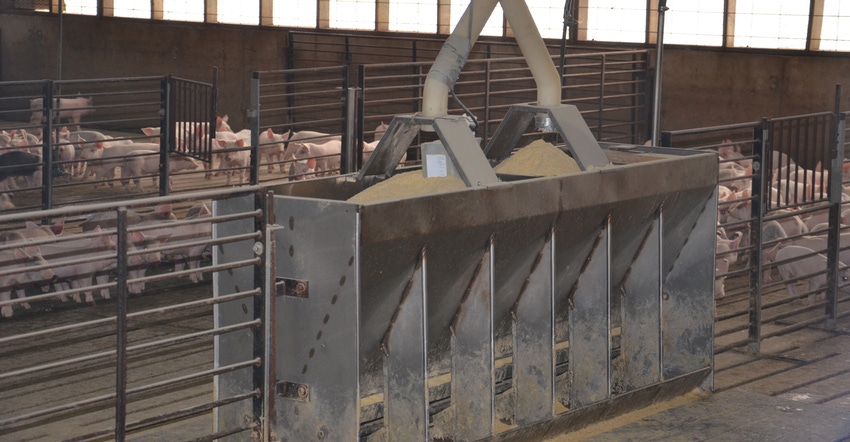July 3, 2019

The pork outlook has had its share of twists and turns already this year, and there’s still a long way to go.
The year started with a downbeat outlook, with low hog prices and expected losses for most of the year. In the first quarter, prices averaged $55 per carcass hundredweight, against my estimated costs of $67 per cwt. That was a loss of $26 per head.
Then as spring approached, it became apparent that African swine fever in China had the potential to tighten world pork supplies. Lean hog futures caught the bullish price fever as summer contracts soared to around $100, and the outlook turned very profitable.
As a result, second-quarter carcass prices averaged near $80, with estimated profits of $23 per head.
Back downhill
Those feelings of ultra-optimism for profits were not to last.
First, futures markets turned out to be too optimistic in April. The $100 level faded by $20 or so into the summer, as cash carcass prices managed to reach only the low $80s. Of course, continued tariffs and even additional U.S. tariff threats against China and Mexico probably limited the opportunity of the U.S. to sell additional pork exports. As a result, the pork outlook weakened but still looked profitable.
Then spring rains forgot to shut off, and higher feed prices became the most recent twist to dampen this year’s profit outlook. That story is still playing out, as the exact impact on production losses and prices is still being determined.
Will corn and soybean meal prices increase by enough to cut off expected profits for the last half of 2019?
The answer to that question has a lot of moving parts that includes the expected prices of hogs, soybean meal and corn. But if I take my market price outlook for hogs and soybean meal at the time of this writing, we can project the corn price that would make pork production just break even. For the second half of 2019, a U.S. farm corn price of $4.80 per bushel would result in breakeven costs.
What about 2020? Using the same assumptions, if the farm-level corn price were to reach $5.15 per bushel for all of 2020, this would be about breakeven for hog producers, given current carcass prices.
What it all means
The implications are clear. Feed prices could rise enough to jeopardize pork profitability over the next year. Corn is especially vulnerable to higher prices; inventory levels are not nearly as high as for soybeans. Also, late planting is expected to have a greater impact on lower corn yields.
Final acreage will also be in question until USDA can get better information on acres that didn’t get planted and on acres that failed this year.
USDA’s Crop Production report Aug. 12 is the first opportunity to pull these numbers together. The late-planted crop this year means we’ll need to wait until USDA’s September update for more accurate production numbers.
The twists and turns of the 2019 pork outlook continue.
Hurt is a Purdue University Extension agricultural economist. He writes from West Lafayette, Ind.
About the Author(s)
You May Also Like




